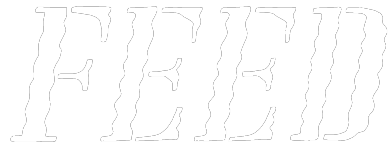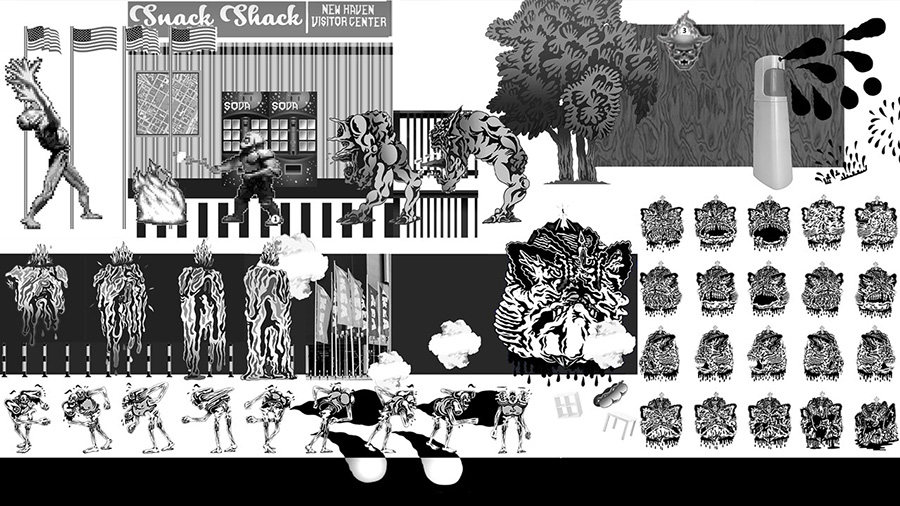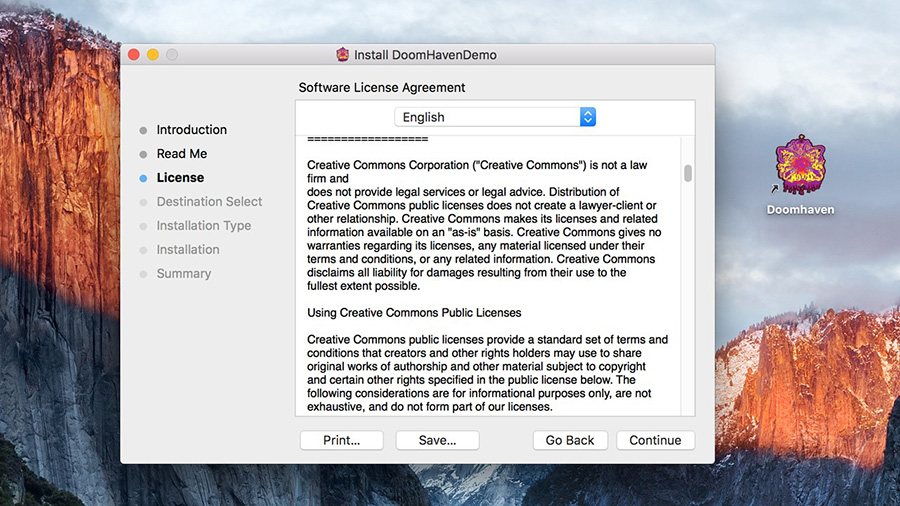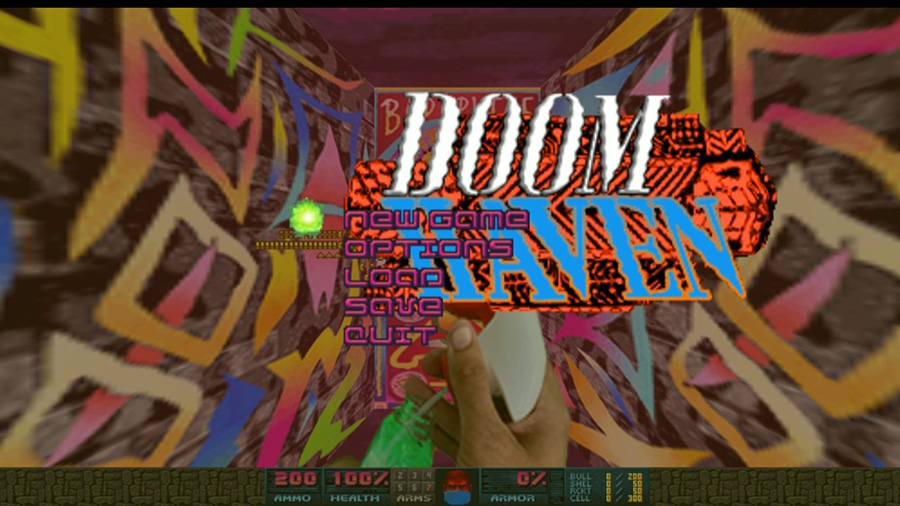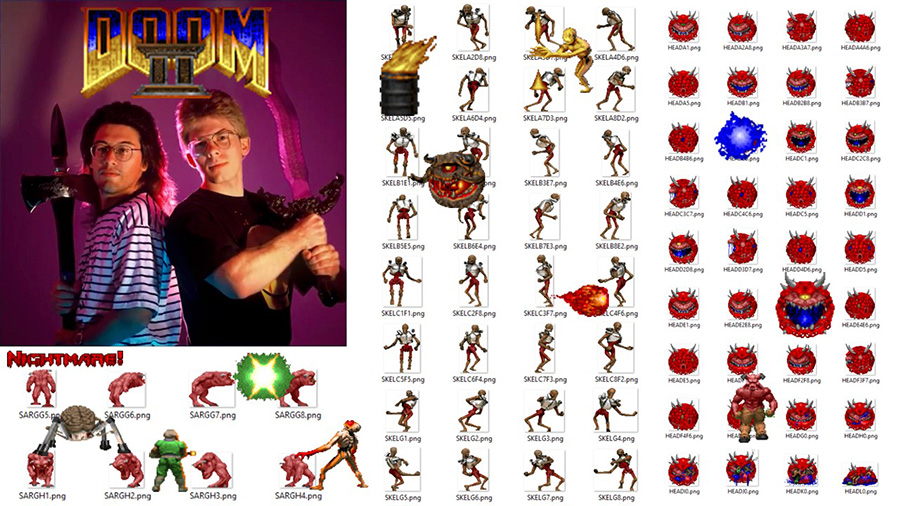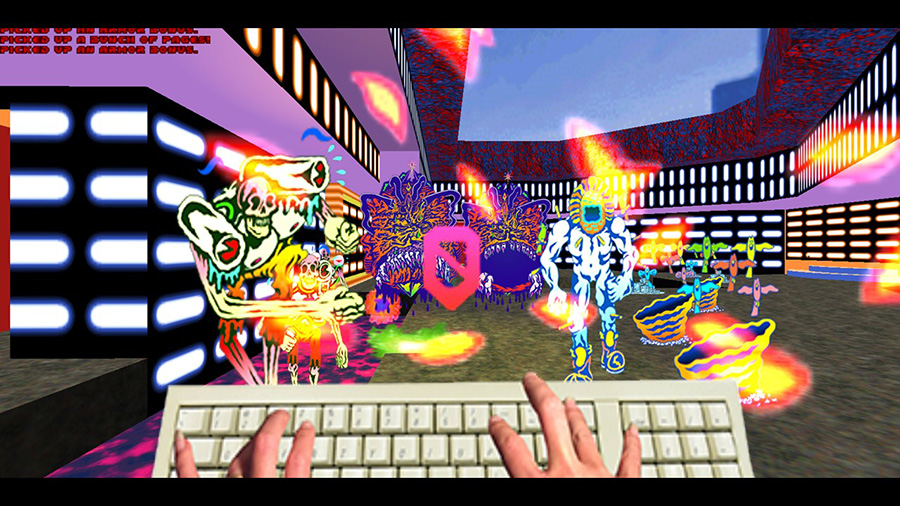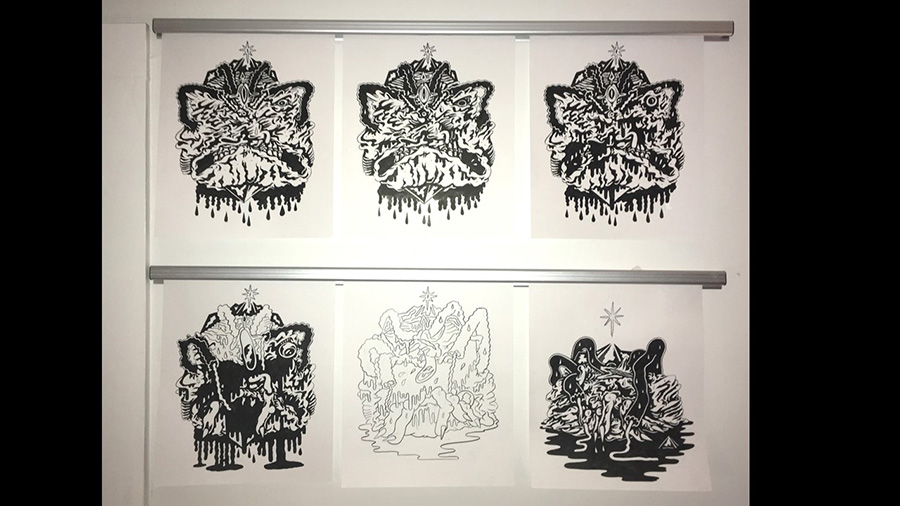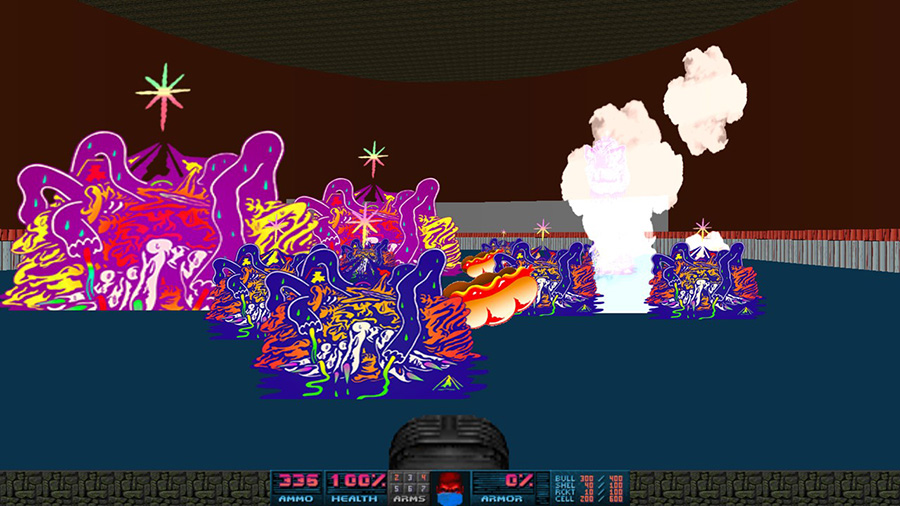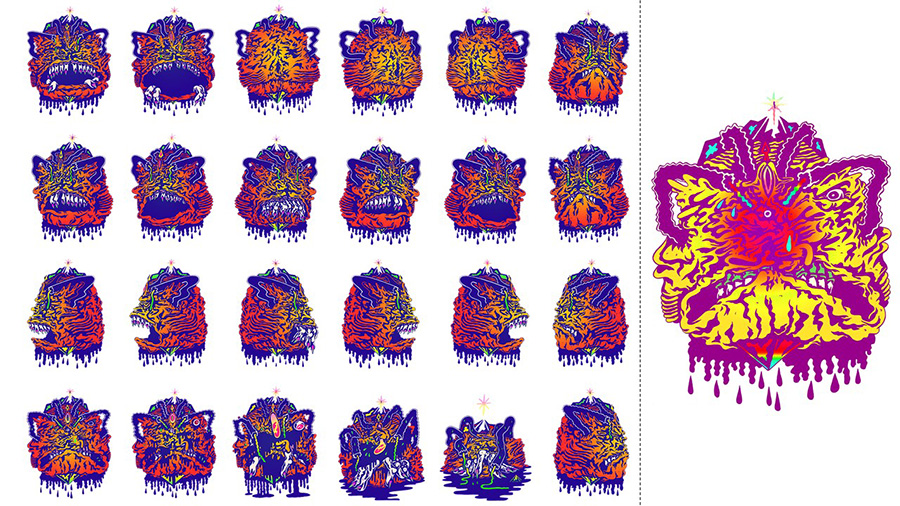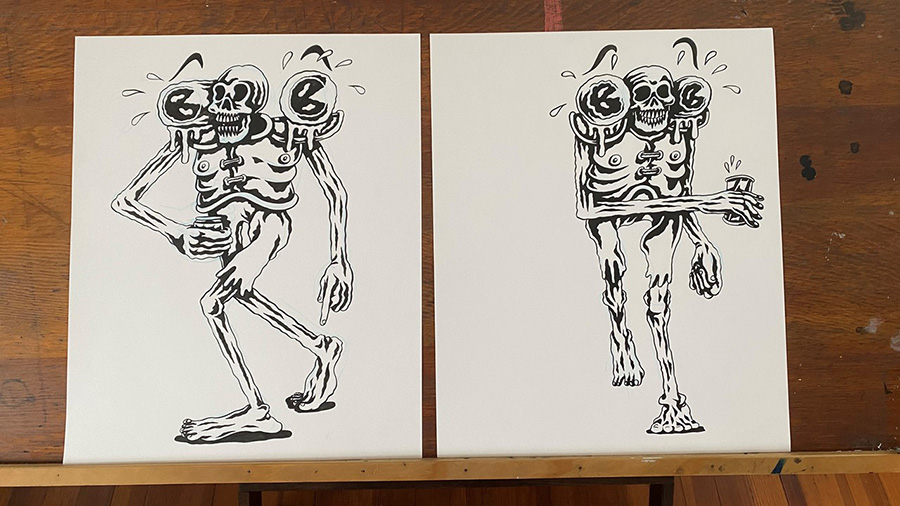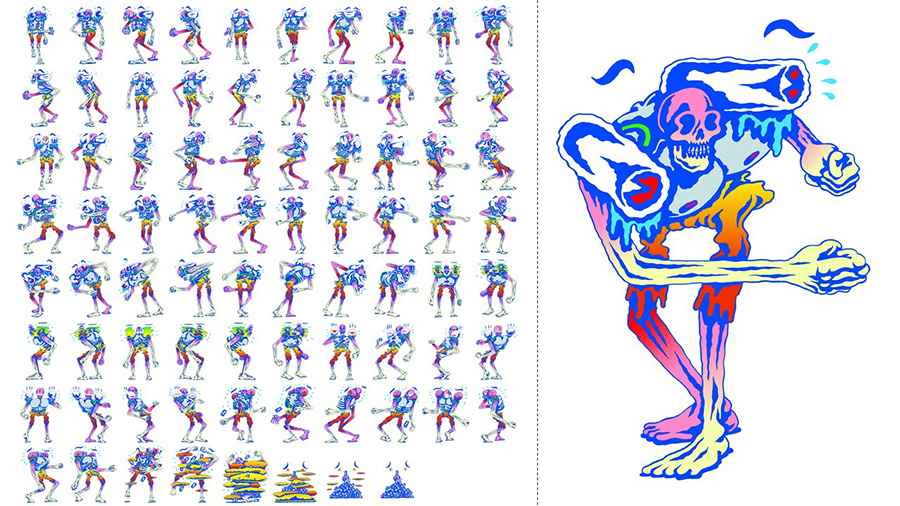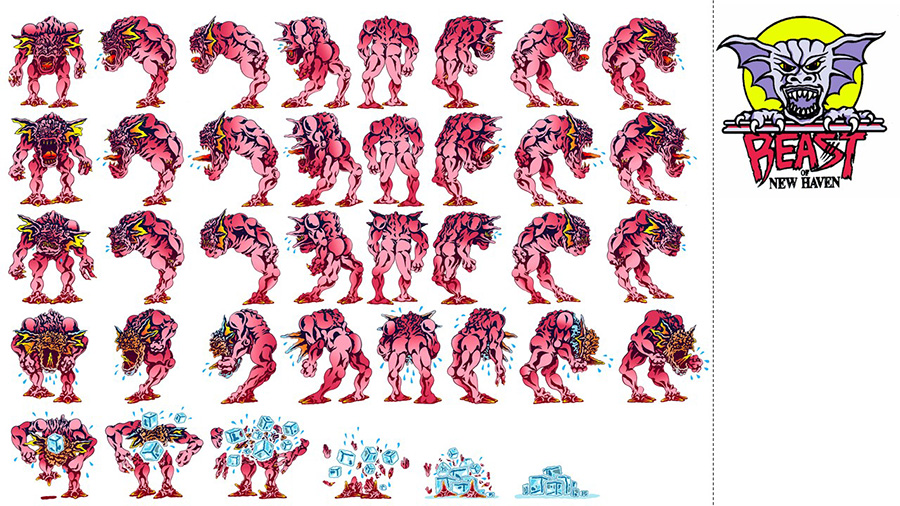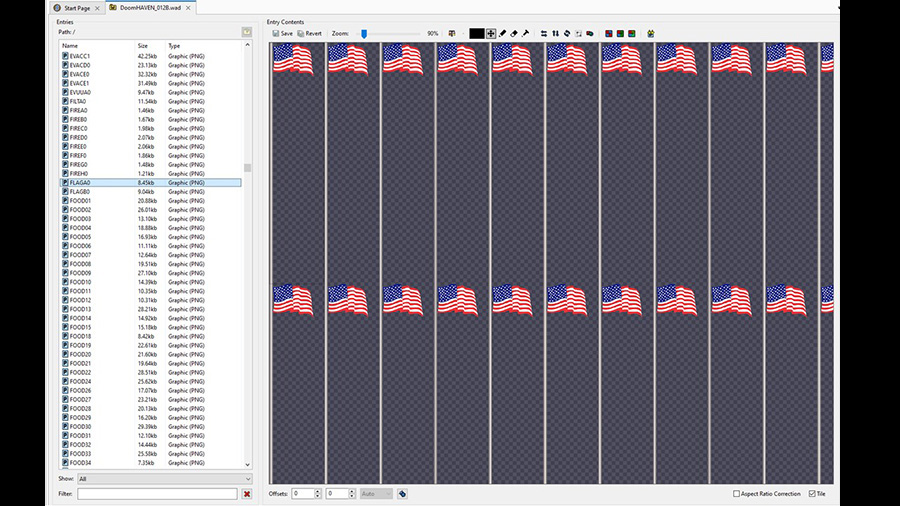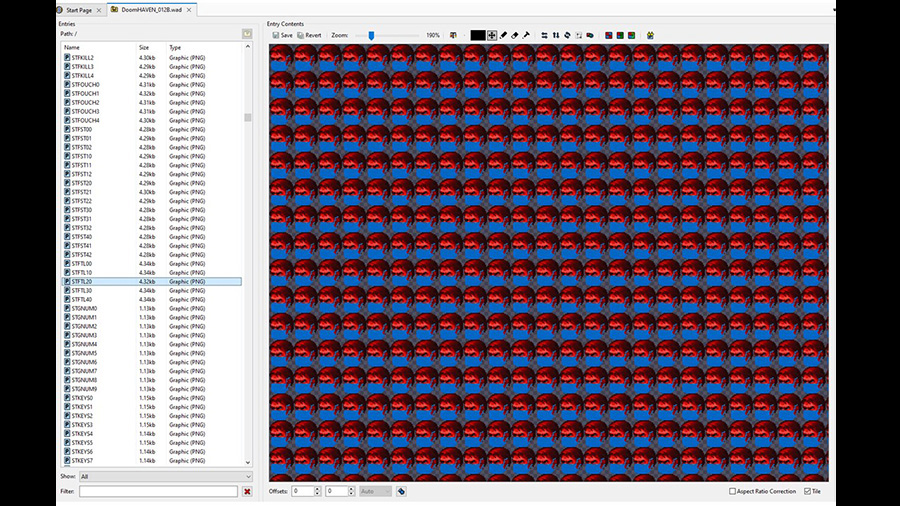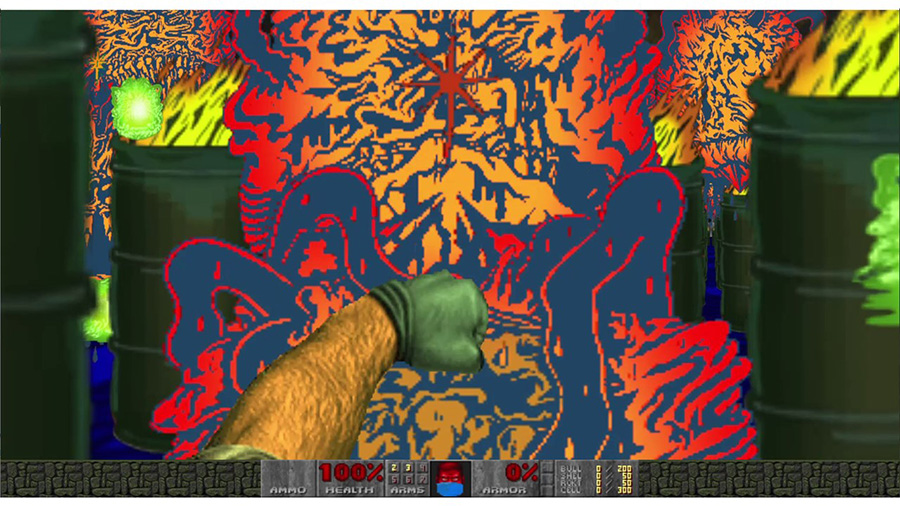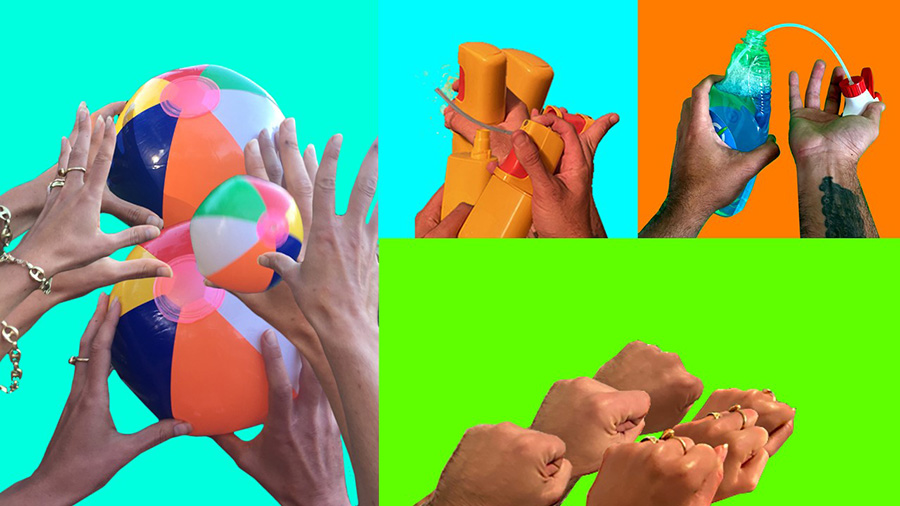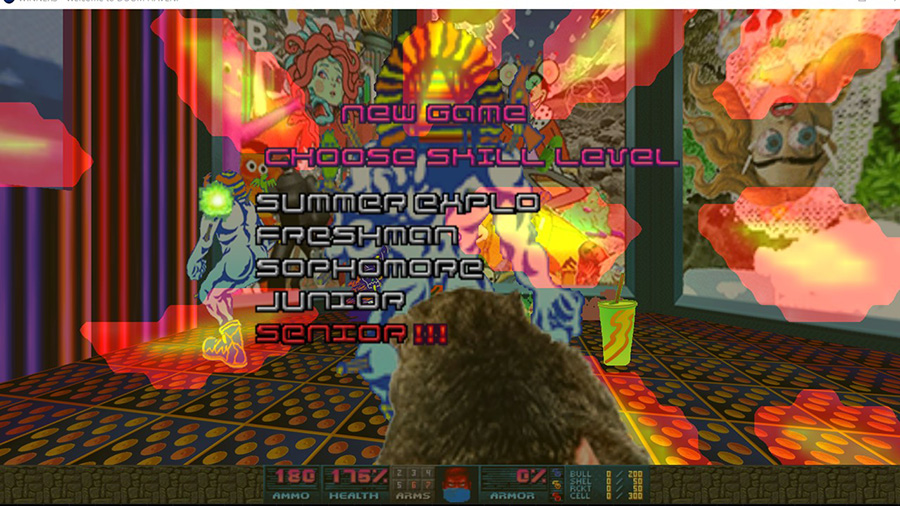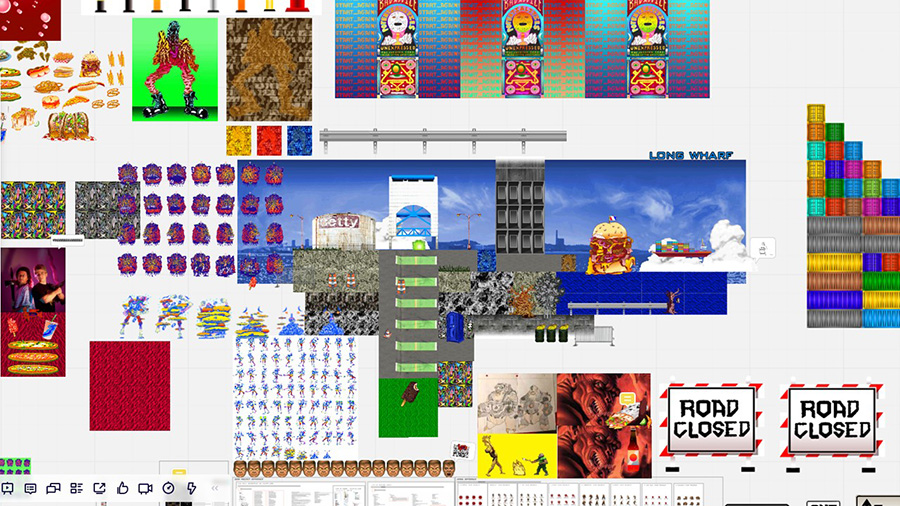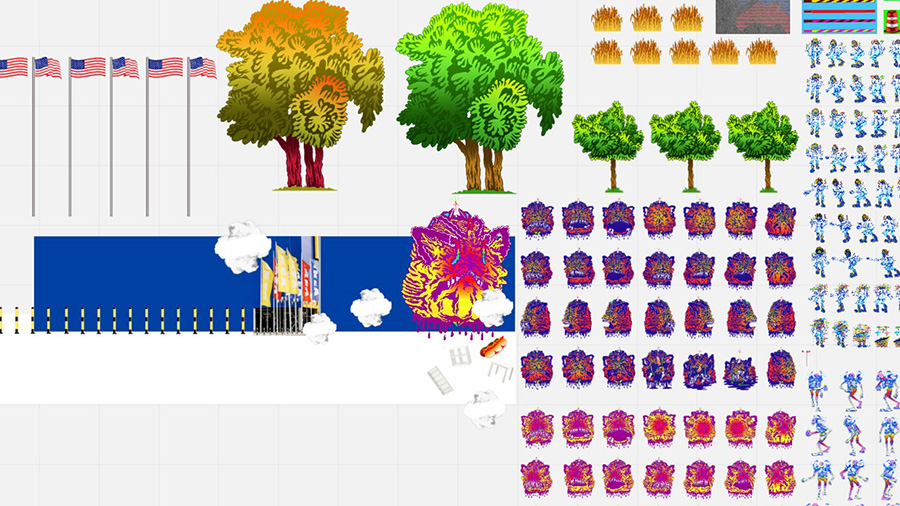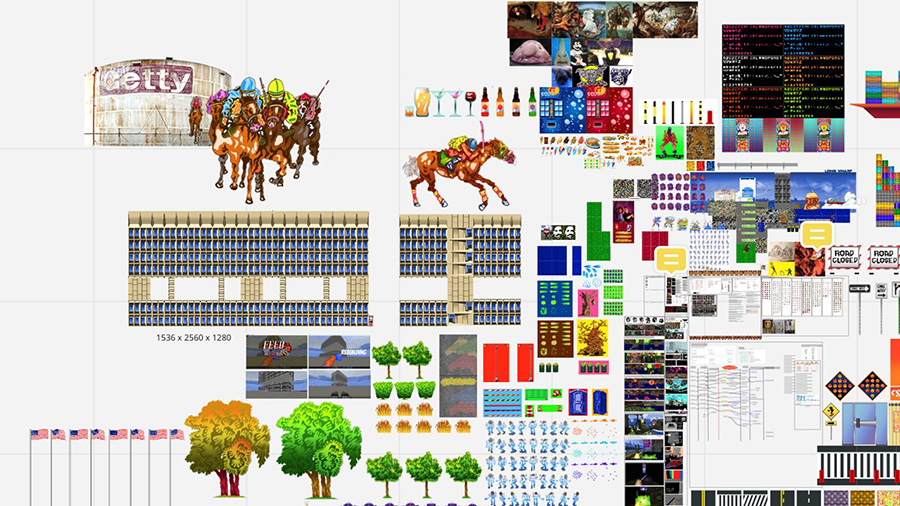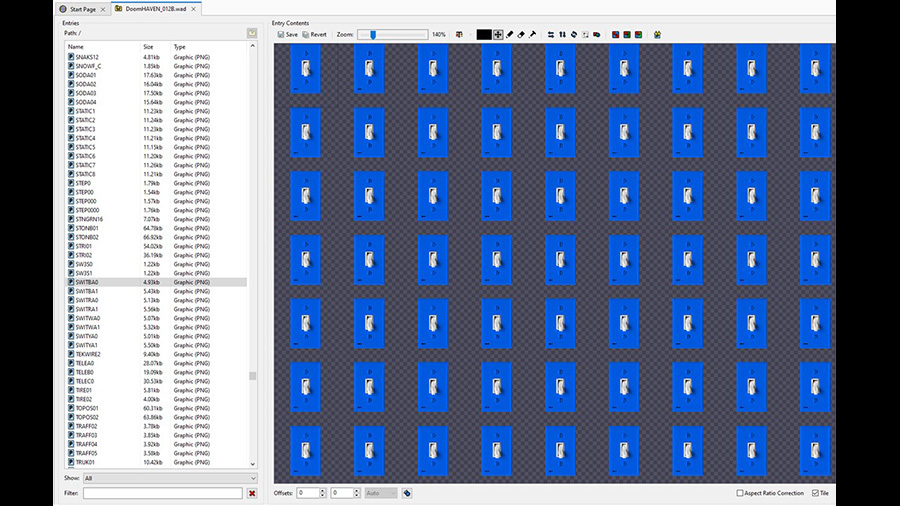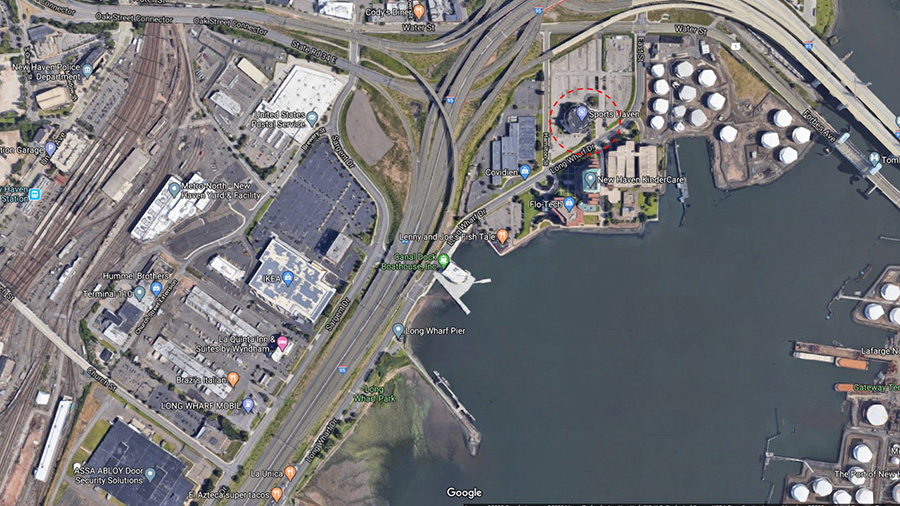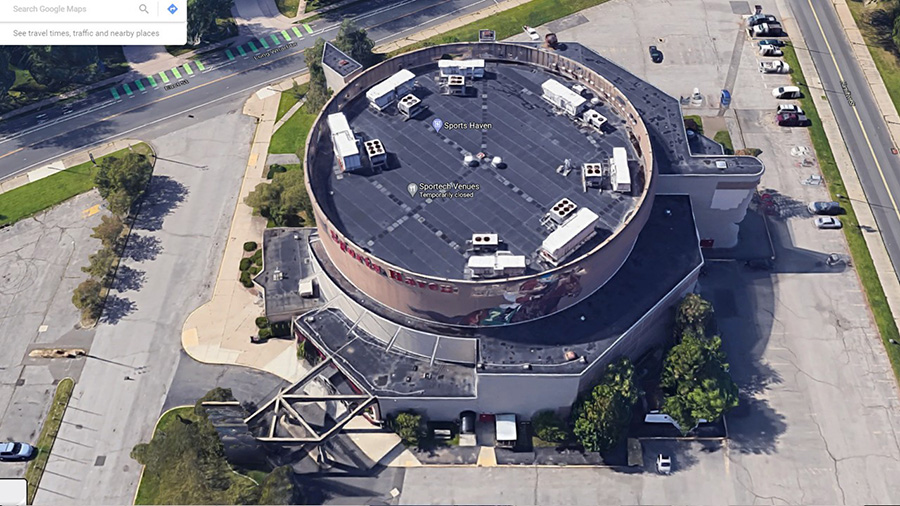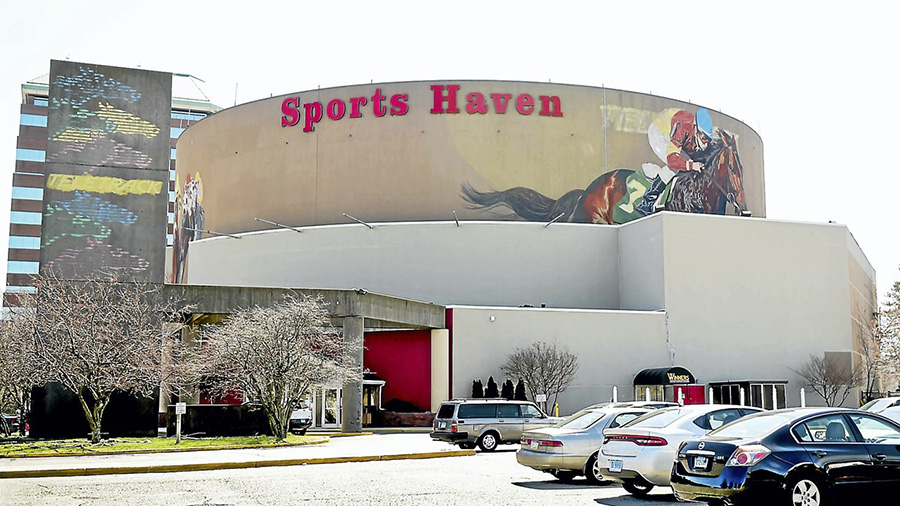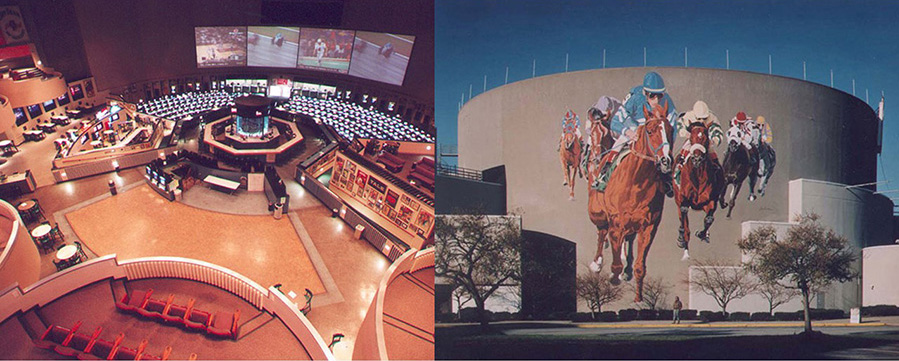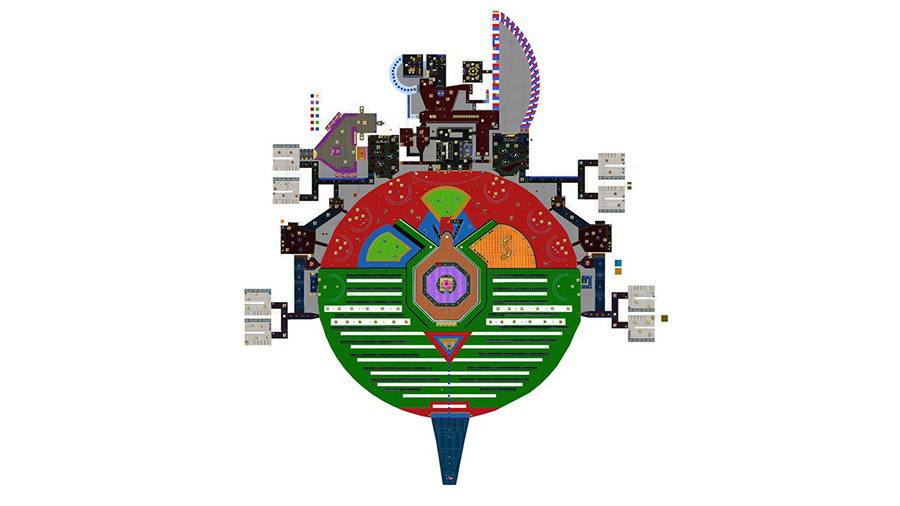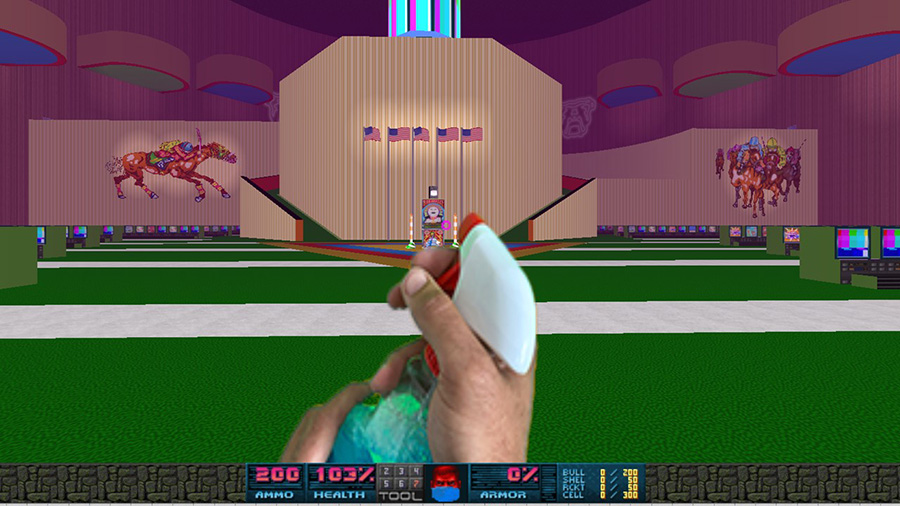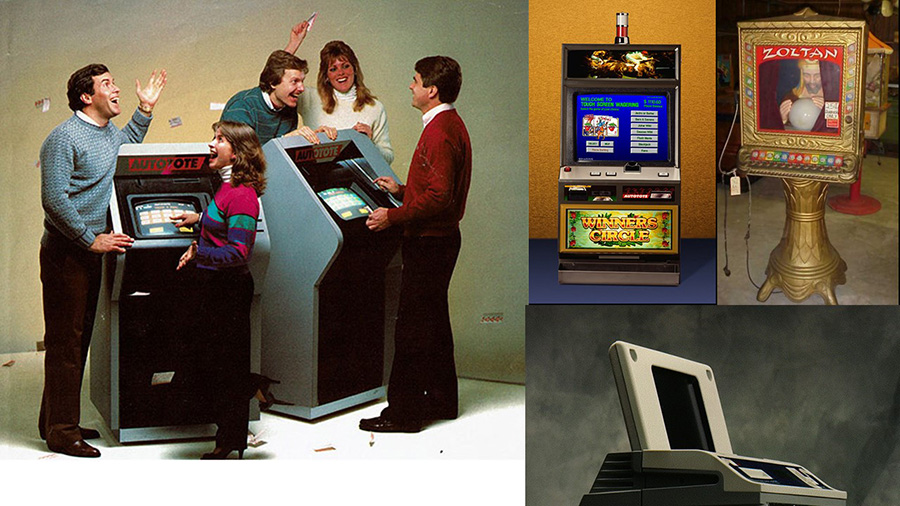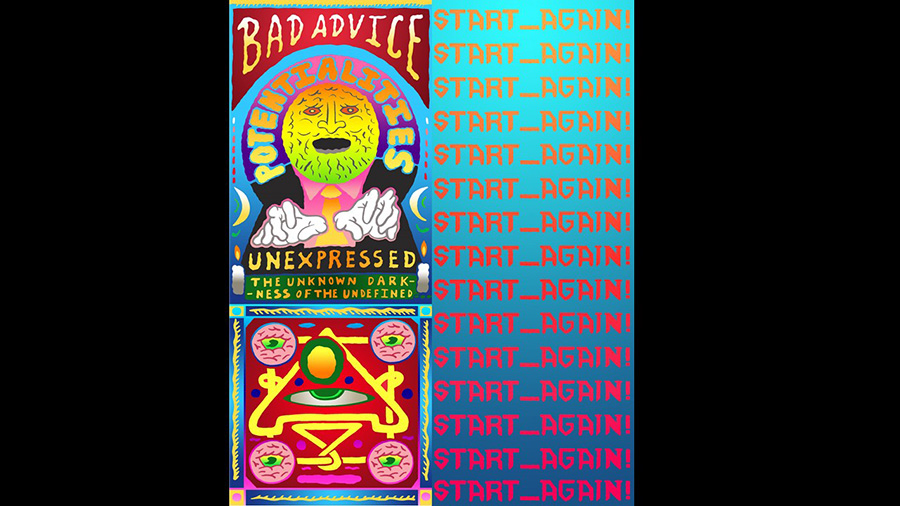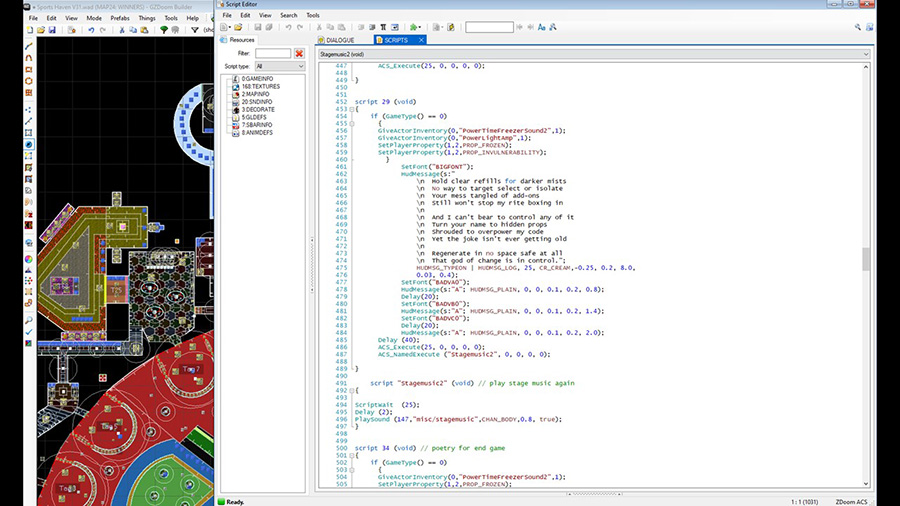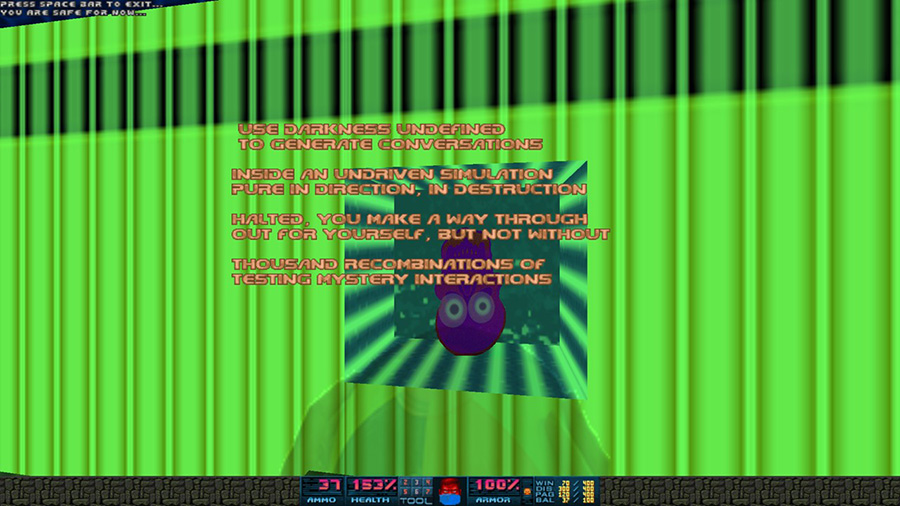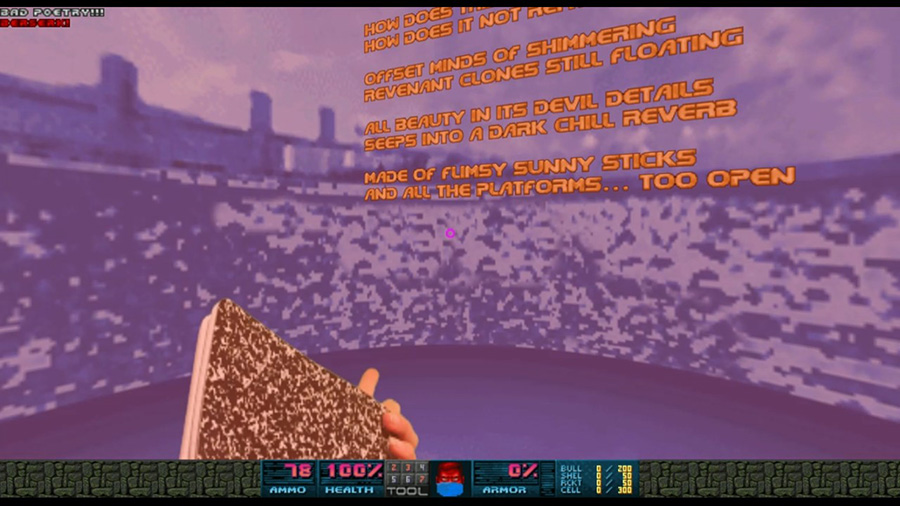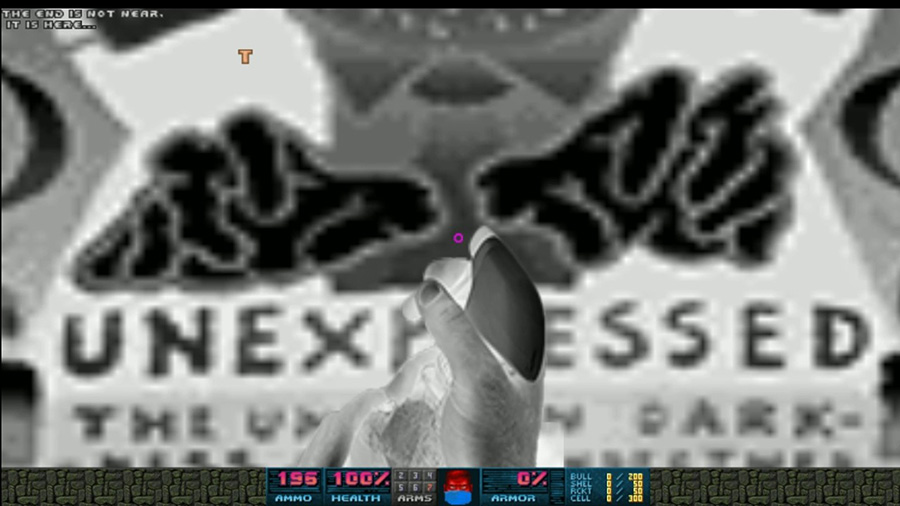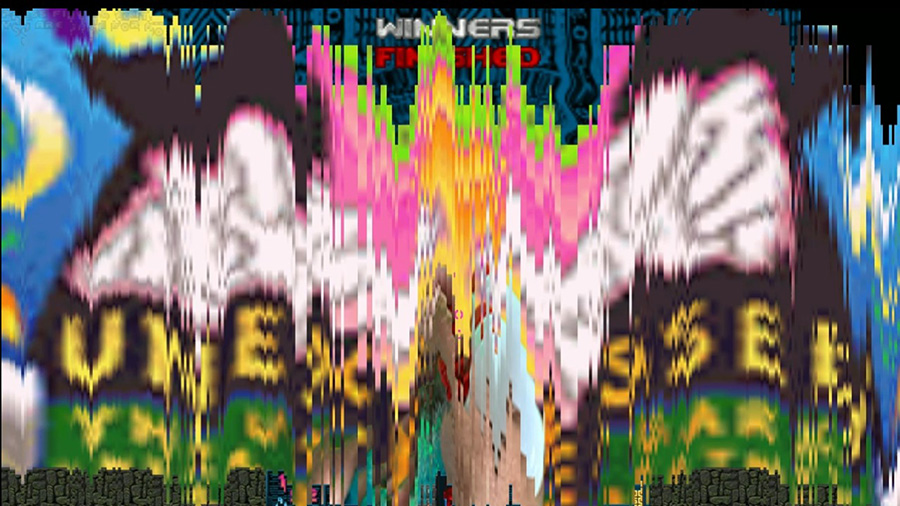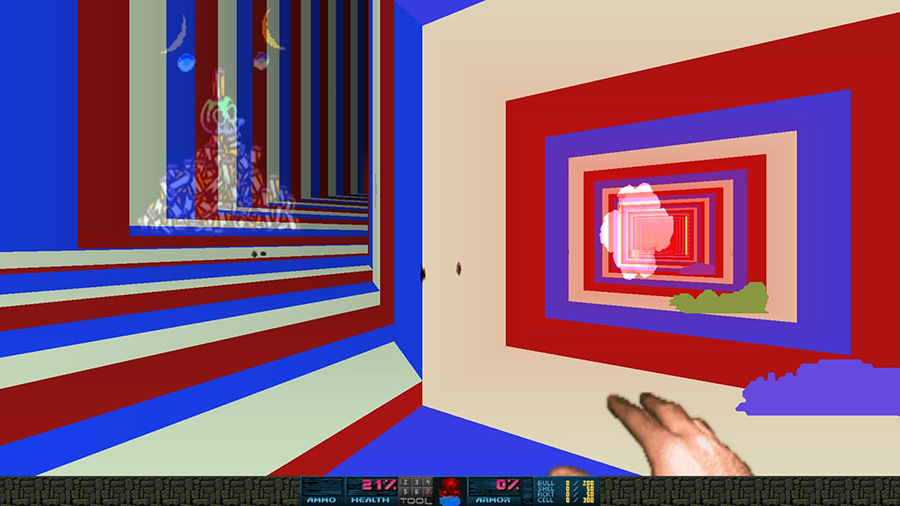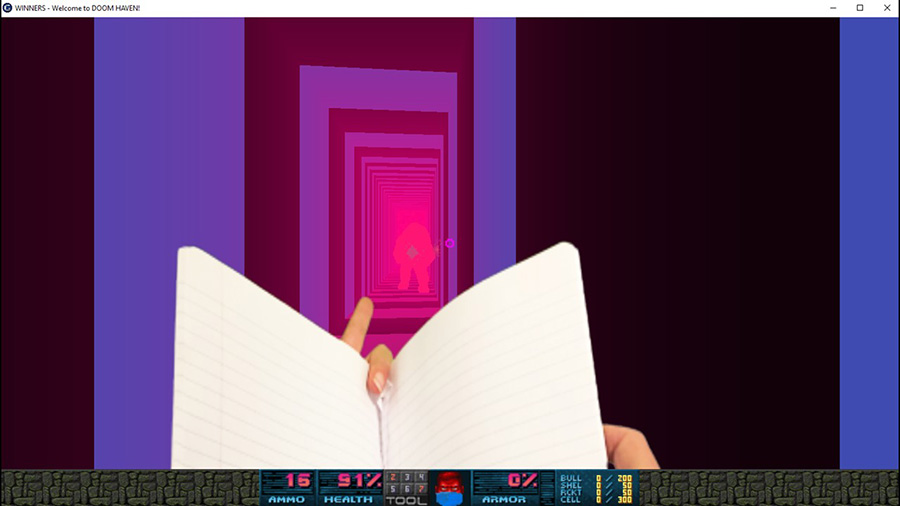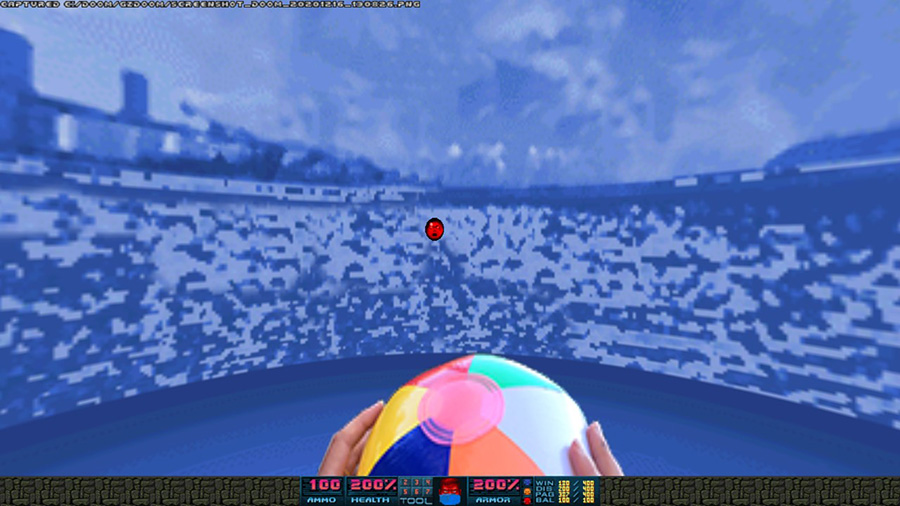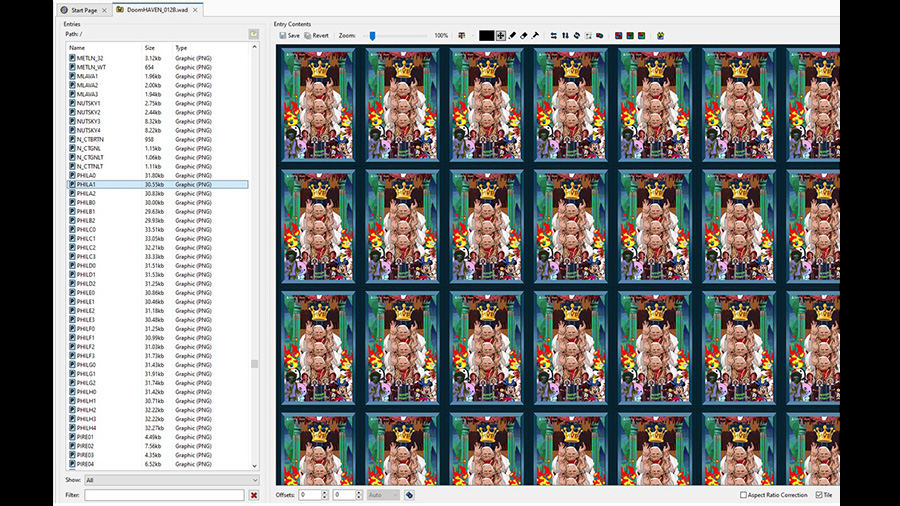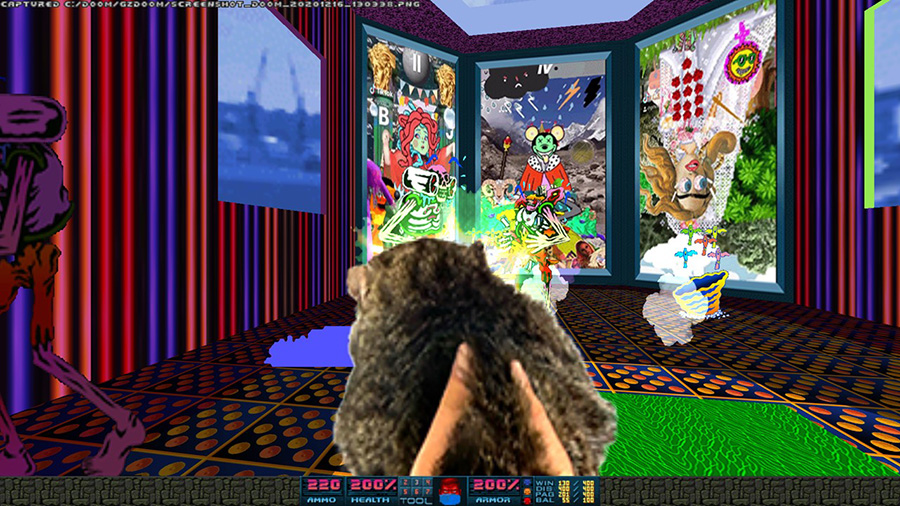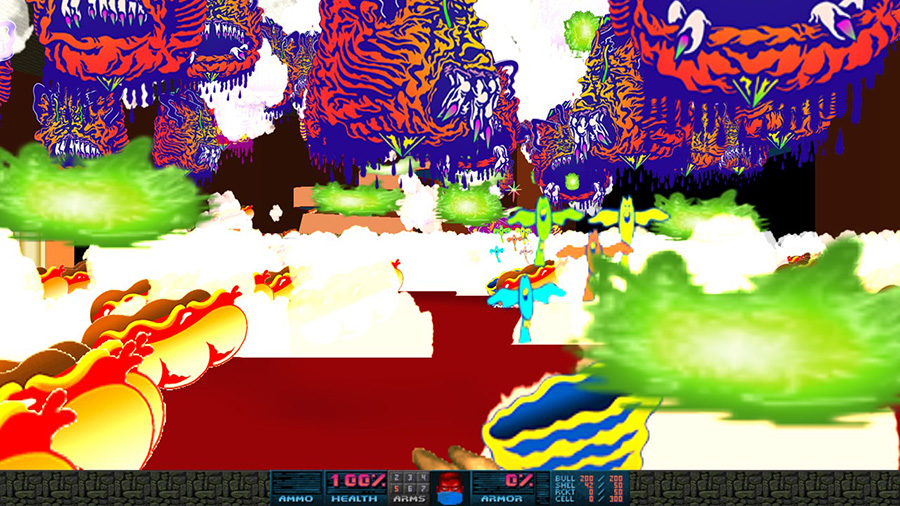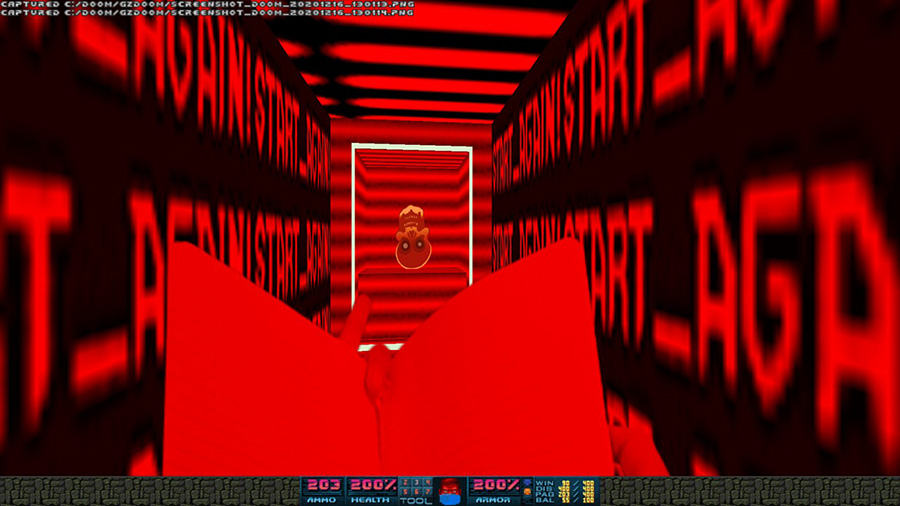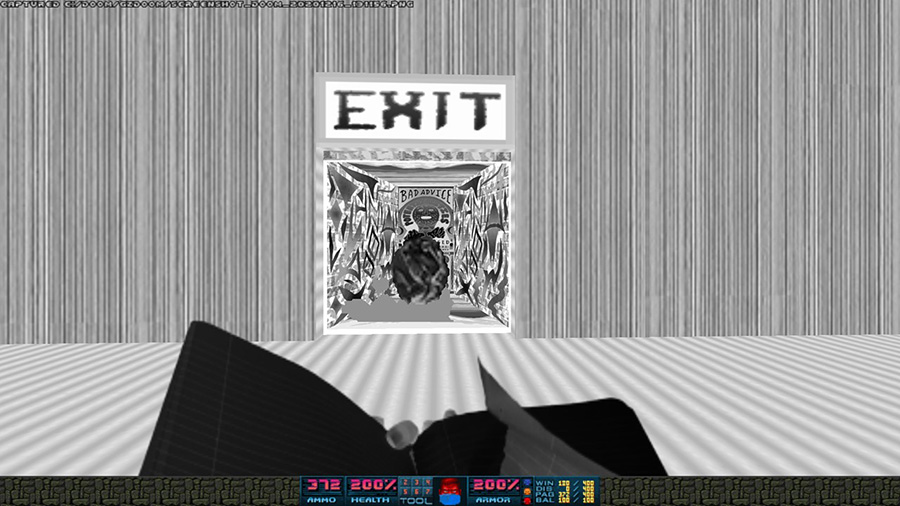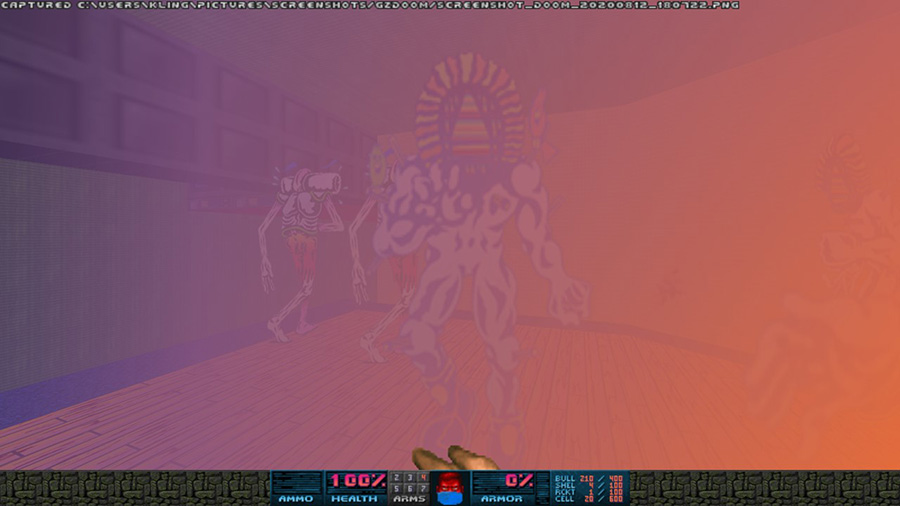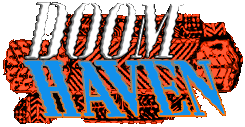
Doom-Haven Project and Process,
by Aude Jomini & Eben Kling:
Navigating the landscape of virtual meetings of 2020 left us deflated at best and stultified at worst. Struggling to re-imagine this new flat-world in a constructive way, we could only revel in the prospect of digging deeper into an alternate kind of public space: a rich digital architecture of code, full of images and sprites of confused dimensionality, a different environment that our bodies of work could partially inhabit, albeit only in distorted ways. Revisiting Doom, a video games we had mutually loved in 1993 and taken for granted, pulled us into a community delightfully weird and endlessly rich of surprise, a space for regeneration also violently jolting in its abundance of pitfalls: shooter games remaining rife with bigotry and rejected desperation, both abject and perverse. We found unknown languages via network connection. We dove into this murk and just started building our own game. While we enjoyed the virtual contact sport of beating up our own drawings in this mode, we also questioned the implied violence of the medium by redefining actions into mundane gestures and domestic tools. By setting our demo level in Sports Haven, we meditated on addictive qualities of gambling to parallel gaming and web platforms. Gambling terminals also aligned with our interests in obsolete technology. Our shared attraction for leftover architecture, still existing in limbo at the fringes of town, conjured up a specifically American nostalgia.
Using Doom as a kind of ground has let us travel back in technological time while enjoying a return to code basics. Both are welcome in a time of pandemic. Fast and fun, Doom has been ported to so many platforms from its inception that this has become a community inside joke. Ports of Doom, in multitude, testify to the game’s devastatingly wide reach, as well as its code’s resiliency and continued accessibility. [1] The code lives in “.wad” files, a file extension named for “where is all the data?”[2] Wads can be taken apart in their entirety, thus unlocking both the images and text lumps that make up the game. The back-end building of the game allows free exploration and experimentation, a kind of digital tour into another dimension. So we learned new programming languages and scripts. We trapped the player with ACS[3], we Decorate[4] with demons, or ZScript a new way to the EXIT. We made void architecture out of digital carboard cutouts, painstaking texturing to make unreal 2D illusions of 3D even more convincingly non-immersive. While there were many glitches along the way, this community’s tools have a built-in kindness to tell us where our errors are. The original Doom is no black box. The full code and the development implements were both released with the original game. In Masters of Doom[5], David Kushner illustrates how its makers, id Software’s John Carmack and John Romero, believed sincerely in the value of building upon others’ technological advances. Hacker ethos encourage discovery, learning and editing. The beauty of Doom’s code, idTech1[6], is its continued accessibility, and the depth of available knowledge well documented online. Various enthusiasts have taken up the mantle of upkeep and have sustained the life of this game for the past 27 years, extending functionality, speed and resolution of its building tools. It takes a village to keep old software alive and free, built out of love and fandom for a digital artifact.
At the beginning of this tumultuous year, we asked ourselves how our practices could turn more interactive, beyond prescribed limits, in our current social predicament. We asked ourselves how painting could--forcibly or fluidly—ever become a video game. We willfully overreached, risking a step on another’s well-crafted reality: we are making a game of remote relays for our respective bodies of work. The world of Doom-Haven has delivered coded potentiality, a flexible process of participation, a multi-player project of modular two-dimensional components affording hope in the form of an over-large allowance of parts. There is joy in welcoming all contribution, the bad along with the good, unexpectedly; the whole messy mix-up of it all. Our participatory experiment now feeds back into our practice: drawing, print, performance, or more malleable modes melting into a connected sea of actors, alternatively pixel-thin or hard as architecture.
[1]But can it run Doom? A brief history of installing DOOM on everything; Elisha Tech, YouTube, https://youtu.be/VIaLzT016Rc
[2] Kushner, see above
[3] https://zdoom.org/wiki/Built-in_ACS_functions
[4] https://zdoom.org/wiki/DECORATE
[5] Masters of Doom: How Two Guys Created an Empire and Transformed Pop Culture; David Kushner; Random House; 2003
[6] Wikipedia, https://en.wikipedia.org/wiki/Id_Tech
Doom Haven Project Credits
Aude Jomini & Eben Kling – concept, code, research, writing, digital & original ink artwork, sprite animations
With contributions by:
• Nick Grunerud & Charli Taylor – Game music and sounds
• Nate Lerner – Game music and sounds
• Phil Lique – Tarot gif animations
• Layet Johnson – Animated illustrations
Doom Haven is built on a Doom2 base code by iD Software.
Modding tools and remaining assets by doom fan community.
FULL LIST OF MOD COMMUNITY CREDITS
